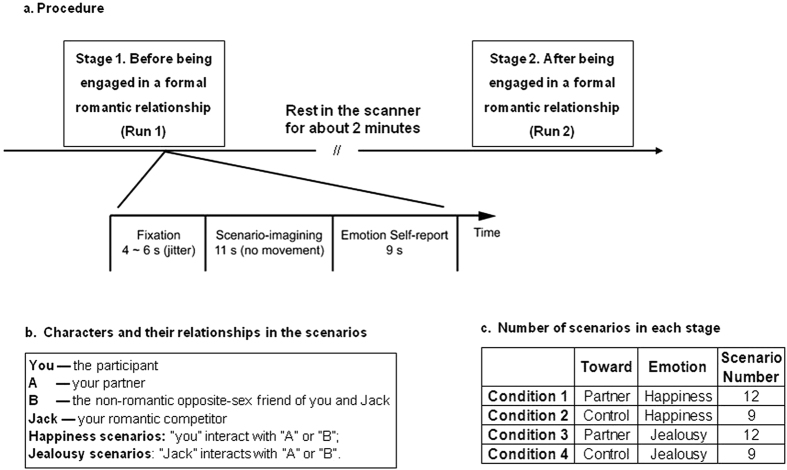Figure 1. Schematic diagram of the experimental design.
(a) Each participant underwent two scanning stages, each containing 42 trials. There were two periods in every trial: scenario-imagining period (11 s) and emotion self-report period (9 s). Rating was carried out on a 7-point Likert scale. (b) There were four individuals involved in a scenario. For male participants, “A” was a female friend whom both the participant and another male student, “Jack”, liked very much. “B” was a non-romantic mutual friend of the participant and “Jack.” Jealousy scenarios and their corresponding control scenarios were those depicting “Jack” interacting with A or B, respectively. Happiness scenarios and their corresponding control scenarios were those depicting the participant interacting with A or B, respectively. (c) Each stage consisted of four conditions presented in randomized order, including happiness related to the partner or the control, and jealousy related to the partner or the control. The number of scenarios in each condition is shown in the table.

